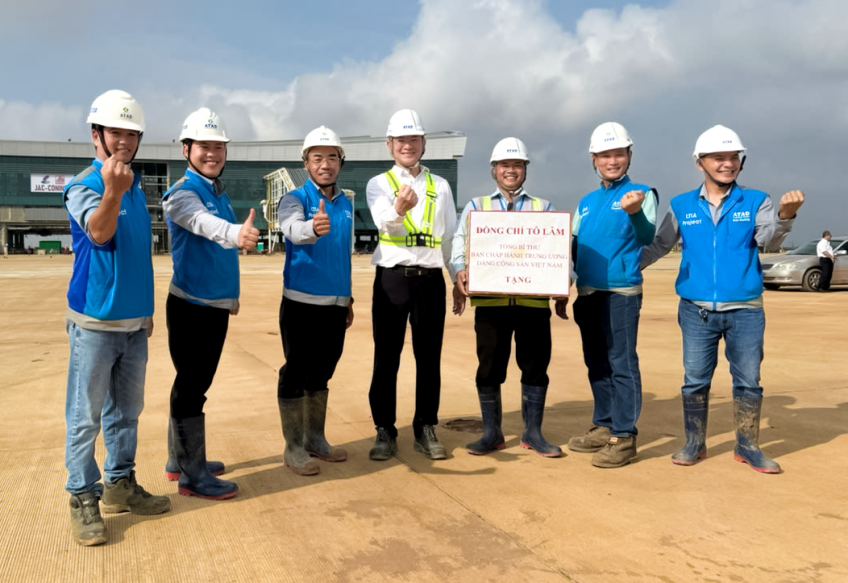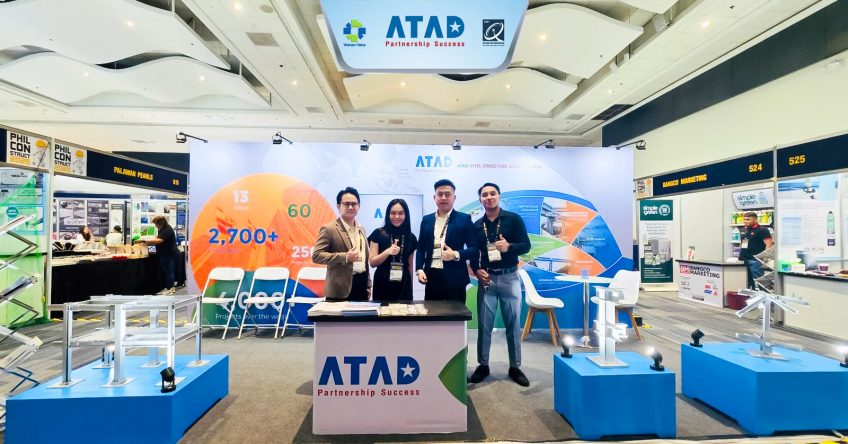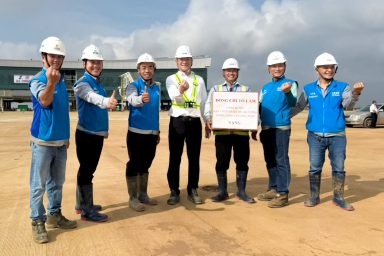In the construction industry, components play a crucial role in structures such as industrial warehouses or civil buildings. Understanding components and their types, as well as their applications, enables contractors to calculate and choose the appropriate components for a project. This ensures the safety and durability of the structure. In this article, let’s explore and understand what construction components are and the common types of components used in the construction industry.
What are components?
So what are components? Construction components are a common term in the construction industry, referring to basic parts divided from the reinforced concrete or steel structure of a construction project. Components are related to various activities such as measurement, calculations of support forces, internal forces, and external forces. Additionally, components are related to calculating peripheral effects that can alter the structure of a construction project.
Calculating components is crucial, and contractors as well as architects must perform accurate calculations to ensure the safety of the structure, secure connections, and long-term sustainability.
Main types of components in construction (Construction components)
Structures are typically composed of four main types of components, which are also ways of classifying components as follows:
- Components under bending: This is the most basic and important type of component, widely used in constructing beams, staircases, and floors.
- Components under compression: This type typically appears in the columns of house frames, ridge beams, and in the core of arches. Internal force N acts along the vertical axis. There are two main types: eccentric compression and central compression.
- Components under tension: Common in construction, these components appear in tension members, thrust members of liquid-containing arches, suspenders, bunkers, pressure conduits, silos, etc. There are two main types: central tension and eccentric tension.
- Torsional components: This type is often combined with components that withstand bending. Horizontal load-bearing columns are placed away from the axis position, beams are connected on one side, and the horizontal braces of the frame keep the beams perpendicular to the rigid connection. In torsional components, there are principal tensile stresses and compressive stresses at a 45-degree angle to the axis.
Application of components in construction
After answering the question of what components are, we would like to provide you with additional information on the application of components below:
Application of components in roofing structures
The main components in the roof frame are responsible for support along the length of the roof.
Auxiliary components are placed in the middle in the slope direction of the roof, connected to the horizontal house system.
Smaller auxiliary components, called purlins, are connected to the main beams. This structure is arranged in the order of horizontal beams-main beams-purlins, aiming to provide greater rigidity to the roofing structure. Brick veneer is a commonly used fired clay brick for wooden-style houses. Scallop tiles are used to prevent slippage and limit heat impact in areas with clay soil.
Application of components in traditional wooden houses
The most important part of a traditional wooden house frame is the columns, as they bear the compressive force from the beams or rafters down to the floor and keep the house sturdy. There are several common types of columns:
- Main columns: Serve as the main columns of the house, located at both ends to create a space between the columns.
- Subsidiary columns: These are secondary columns placed at the ends of the trusses. The number of subsidiary columns increases if the roof is steeper and has a large slope.
- Porch columns: In some traditional constructions, porch columns are used. The porch columns are placed next to the house porch, in front and behind, to act as support.
The rafters or components play a role in connecting the columns together. Various types of components are used, including:
- Main rafter (lower rafter): Connects all columns at the top.
- Truss on subsidiary column: Connects the subsidiary columns at the upper frame.
- Under-column X-bracing: Connects the lower part of the secondary column.
- Verandah X-bracing: Links the entire frame together as a whole.
- Ridge X-bracing: The X-bracing on the roof of the house.
Application of components in Pre-engineered building
In pre-engineered buildings, components such as columns, beams, rafters, and X-bracing are commonly used. They are chosen for their ability to withstand forces and span large distances, meeting the requirements of each workshop building project.
Pre-engineered building construction process
In pre-engineered buildings, columns and rafters are often designed in the shape of an H, truss, or circular column. Beams are typically I, H, box-shaped, etc.
Steel X-bracing is commonly in C, Z shapes. The distance between X-braces should be 1m – 1.5m and must be connected to the main frame to support the metal roof.
Auxiliary components like tie rods in steel structural buildings play a role in increasing connectivity and ensuring stability during the steel structure assembly process.
ATAD STEEL STRUCTURE CORPORATION
HEADQUARTERS:
Address: 99 Nguyen Thi Minh Khai St, Ben Thanh, Dist 1, Ho Chi Minh City, Vietnam
Telephone: +84 28 3926 0666
Mobile: +84 938 113 569
Email: sales@atad.vn

















